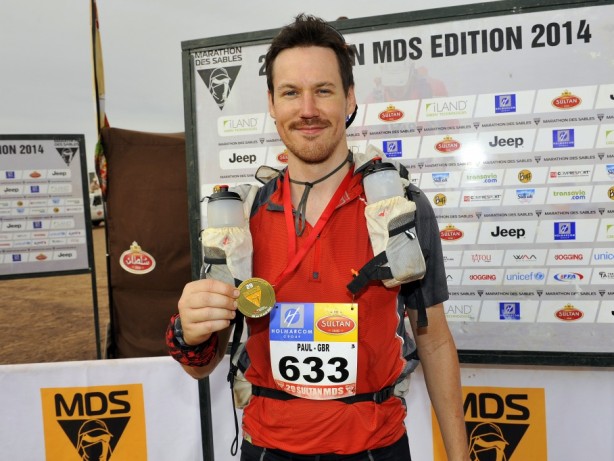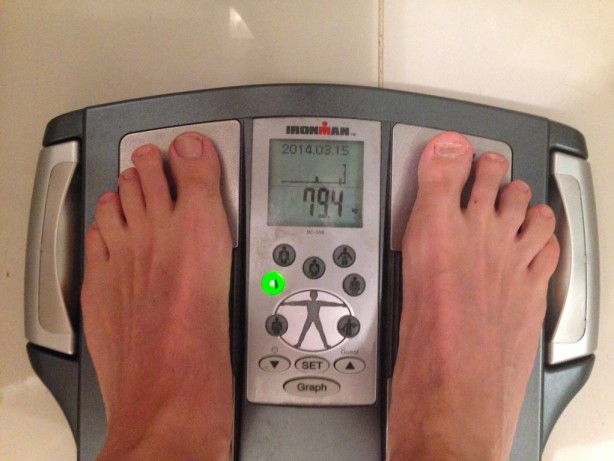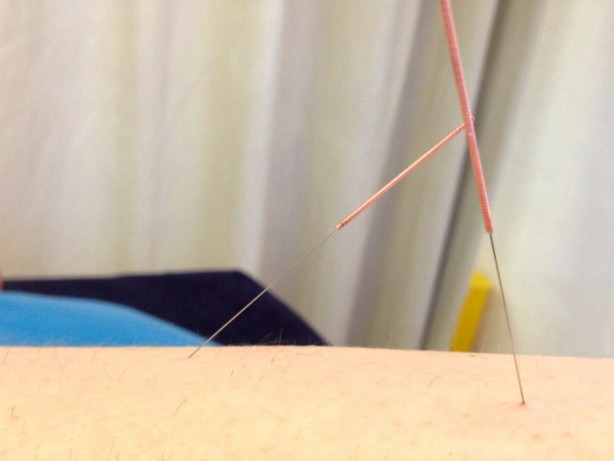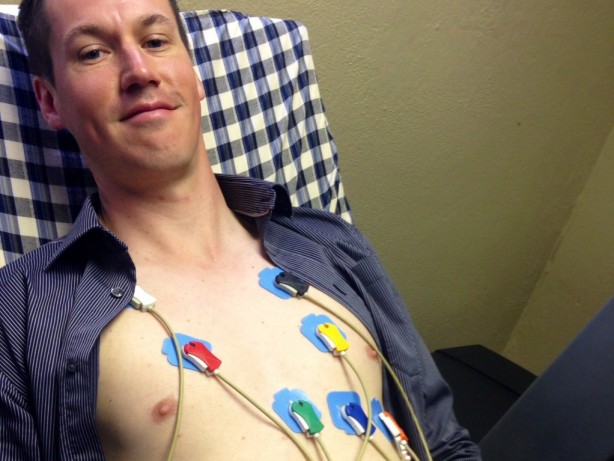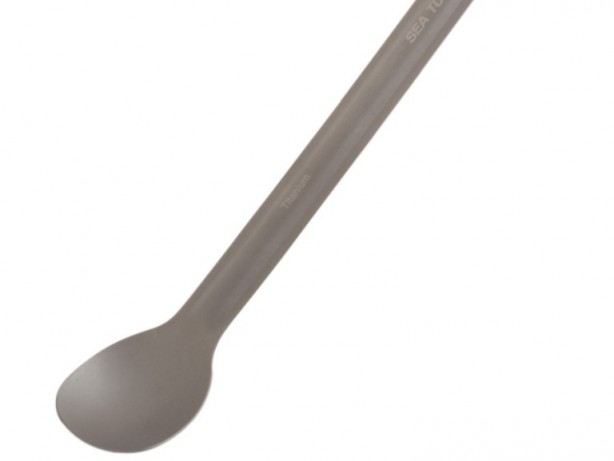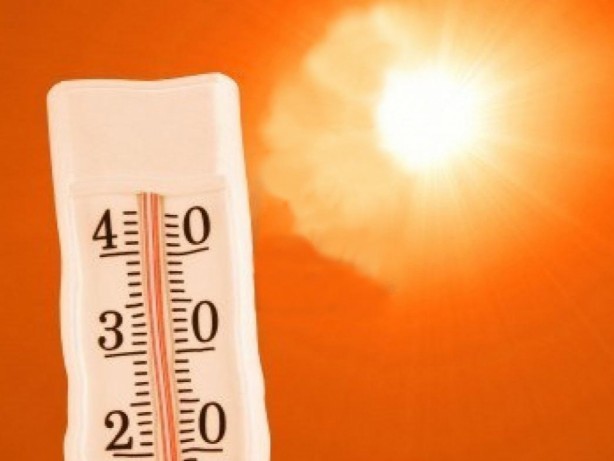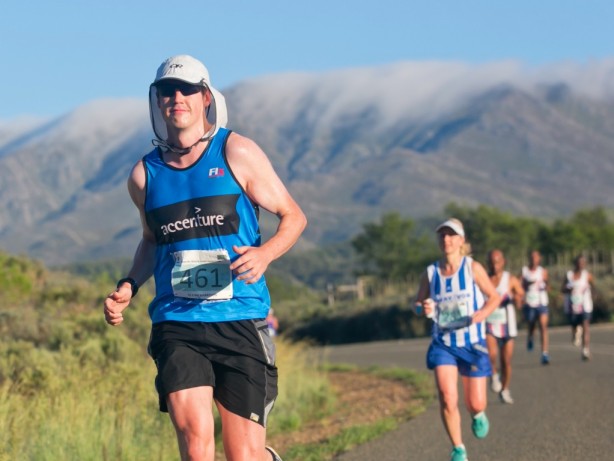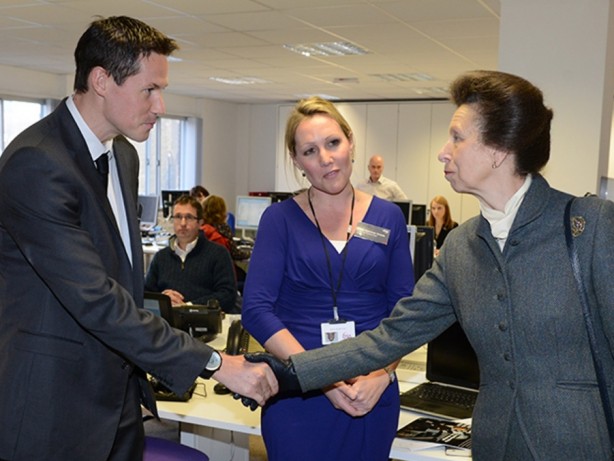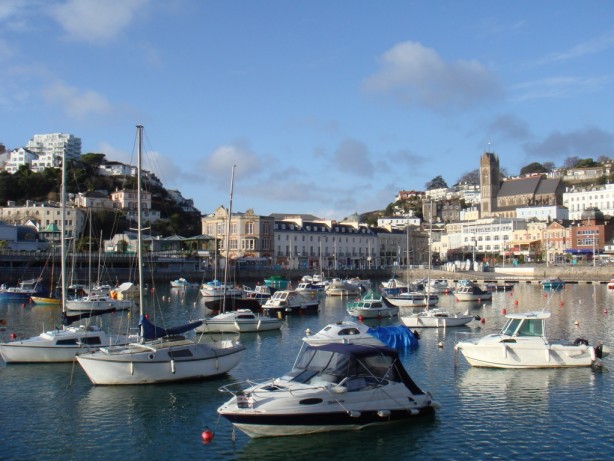Success on Aconcagua - February 9th 2013
9th February 2013
100kph winds, -40c, deep snow... I had it all in my fight to get to the summit of the highest mountain in the Western and Southern Hemisphere's at 6,962m (22,841ft). Whilst telling everyone this was a 'training expedition' - the reality was that this mountain was always going to be the hardest I had ever attempted..
The one and only...
My first challenge on the mountain was realising I was the only person in the group who spoke English (this was with the exception of a 67 year old Indian woman who unfortunately never made it past base camp). I guess this was a challenge I really hadn't anticipated - one that made the climb so much tougher than I had anticipated. Climbing for a potential 19 days with only very basic conversation with the team (two Argentinians, one Brazilian and a Spanish speaking Polish Priest), was always going to be tough. The need to acclimatise is simply an issue of time - this was going to be one expedition where I was going to be very self reliant.
Starting as it continued...
One of the key reasons why Aconcagua has a success rate of just 20% is the weather. It is a highly unpredictable mountain which is renowned for rapid changes in the weather. It didn't disappoint. Starting the trek, we had something our guide Chobi had never seen in 10 years of guiding on the mountain - rain. Lots of it. Our first day was a simple 4 hour walk to Confluencia - a camp at about 3,500m. This would have been great had it not been from the driving rain and wind. Having learned my lesson from Elbrus, the pack was fully protected with a raincover and all contents in a dry bag inside. Feeling a little smug, I was the only one without soaking wet kit on arrival in camp.
The weather was a constant theme as we progressed higher up the mountain, on our first day at base camp at 4,300m we had a huge snowstorm - dumping about 15cm of snow in just a matter of hours. You can get an idea of this in the video I took at the time.
The price of bad luck and screwing up
Big mountains are replete with horror stories - many involving death, disaster and frostbite. Aconcagua was no different. Sadly, in the few days I was in base camp, someone died at camp 2... I didn't know at the time I recorded the above video, but the guy had a heart attack at Camp 2. In addition to this, following a climb of a local peak called Bonette (5,100m), we saw a woman with 3rd degree frostbite being rescued from 6,600m - something that required about 15 people and probably took at least 10 hours. You can see the drama in the video I shot at the time the amount of effort needed to bring you down if you can't do it yourself. The story I heard was that she refused to go back down, carried on, then collapsed at 6,600m. As a result, she will likely lose some of her hands, feet and face as a result of severe frostbite.
Starting badly...
After 8 days of climbing to and around basecamp, we began our final ascent to reach the summit - a 4 day effort from Base Camp, to camp 1, 2, 3 and then the ~9 hour climb to the summit. My start of this climb didn't go well... probably one of my own biggest mistakes in my short mountaineering career was the fact I hadn't tested packing my polar sleeping bag in my summit bag (a result of late delivery of a compression sack!)... it didn't fit. Struggling to fit everything I wanted in my bag and reluctant to test the waterproofing of the sleeping bag compression sack, I bit the bullet and decided to do what I did on Elbrus which was to take my 70 litre pack and strap my smaller 55 litre on the back. Big mistake... far too heavy and ended up being about 20kgs. I felt it... a bad day I capture in this video.
Summit day
After ditching a whole load of kit at Camp 1 (large bag, all spare clothes, some food etc), I had a much easier time making it to Camp 2 and then up to Camp 3 at 5,900m before making the assault on the summit. One problem I had never quite figured out was how to keep 3 litres of water from freezing... at -30c, there was no doubt everything would freeze. I was quite proud of my invention (featured in the second half of this video) that worked perfectly.
I woke at 3am to start the routine of getting hot water, packing and getting dressed (in that order - at -15c in the tent, you have no interest in leaving your sleeping bag until the last minute!). As you see from the video I recorded - I wasn't quite on top form). As always, once I actually got out of bed, the world improved and I felt very strong making my way up the mountain.
Sadly, Jose, our Brazilian doctor woke feeling terrible and didn't manage to leave Camp 3. i later learned that his oxygen saturation had dropped to just 45%... a figure sub 90% at sea level would probably see you put into intensive care. He himself wasn't quite sure how he was alive... This took out one of our two guides and four of us made our way up the mountain.
We had some hairy moments, as the sun was coming up, the wind picked up to 50-60kph for a while - so strong that we couldn't hear each other through the down jackets and balaclavas, even when shouting at each other face to face. We lost Enzo at about 6,200m during the high winds. Enzo is a 27 Argentian who was making his second attempt at Aconcagua - his first attempt aborted due to frostbite at a similar height the previous year.
The climb was not technical, but required some perserverence, strength and concentration. Whilst no sheer drops, a misplaced crampon would have seen you slide a long way down the hill - I was surprised were told ice axes weren't needed.
The nagging worry of frostbite
I was climbing well, but had a major worry of frostbite in my left toe... My boots are good down to -30c territory, but I have a sneaking suspicion that the temperature was below that - it certainly was with windchill (although that doesn't impact your feet!). I always concentrate on constantly moving fingers and toes, but I was really struggling with my left foot... I simply couldn't move it and was convinced it was frozen. When walking, the risk is reduced as you increase the blood flow to your feet, but we kept stopping as the guys were struggling a bit and needed a break - this really didn't help me and I got a little frustrated at the situation. Anyone on the mountain that day would have seen me wildly flailing my left leg trying to get blood into it... I later went through the stages of excrutiating stinging as it slowly thawed as we pressed ahead.
The last section of the climb is, in theory, takes about 60-90 minutes. We were progressing very slowly, German, the second of the Argentian contingent in the group, is a very strong and determined guy, but really struggling at this altitude and needing to take a break every few minutes. Normally, I wouldn't mind... but it was really cold and I was paranoid about my toe. Getting cold repeatedly isn't good - it really saps your energy and enthusiasm... but after about what was probably only 2 hours (but felt like 3), we finally made it to the summit!
On top of the continent
Standing at the highest point on South America (and higher than any point on North America, Europe, Africa and Oceania) resulted in quite an impressive view and a mix of emotions - something possibly not evident in my video from the summit. It's always a good feeling getting to the top of the mountain - often more relief than achievement to be honest. I never had any doubt that I would be strong enough to get to the top - but for a long time I did think the weather would beat us and then that we would all have to turn back so as not to split the group.
This was a great achievement and one I am proud of. Whilst I was very comfortable with the climbing, what made this mountain tough was the totally unpredictable, and at times, very harsh weather, the solitude of being the only English speaker for the entire expedition and the lack of sleep due to the perpetual wind.
This was a great training expedition and I learned a lot from this, not least that the Pole will be a really unbelievable challenge. It will be colder, windier and far more isolated than anything on Aconcagua. It has made the Fire and Ice Challenge even more real... I have no illusions about how hard this is going to be.
Updates
Mission accomplished - April 24th 2014
Mission successful! I completed the Marathon Des Sables after 6 days of running, walking and hobbling the 250km through the Sahara in temperatures that went up to 54c (130f). The race... more »
Being light on my feet - March 20th 2014
I may be injured, but I am lighter than I have ever been. In just 6 months, I have lost over 10% of my bodyweight and am going to be hauling a lot less mass around the desert. At least one thing... more »
AAAGGGHHH, what is wrong with my leg?! - March 18th 2014
My last run... my very last long run, just 5km to go out of the 28km and BANG! Massive pain down the outside of my leg. Hmmm... I can't run. I can barely walk. This really isn't good at... more »
Injury and optimism - March 11th 2014
Hearing the words 'Sorry, I can't sign your medical form as you have a heart defect' did come as a bit of a surprise to me I must admit. A heart defect eh? That doesn't sound... more »
The weight of things - March 7th 2014
£12.99 for an 11g spoon? Absolutely worth it. £400 on a 535g ultralight sleeping bag? Seems reasonable. 7.45 calories per gram of macademia nuts - best stock up. I have even... more »
How hot is 'hot'? - February 28th 2014
Experiencing extreme cold was quite horrific at times. I regularly worried about bits of my face, hands and feet falling off. Extreme heat however, presents a whole host of other problems.... more »
Breaking my Marathon PB - February 22nd, 2014
Late flight, a greasy burger for dinner and a 3am start. Far from ideal preparation for what was only my 2nd ever timed marathon. Could I beat my marathon PB? Well, that wasn't going to be... more »
Running 1000km and questioning why? - February 14th 2014
Do I like running? No, I am pretty sure I don't. This weekend I reached a 'small' milestone in that I have done 1000km of running in training. Whilst I unwittingly completed the... more »
Deemed 'crazy' by royalty - January 23rd, 2014
I was once taught the concept of 'mirroring', matching one's facial expressions and body language to the person you are talking to - helping ensure they are comfortable. I appear to... more »
Christmas 'training' - December 26th, 2013
Despite having lived in Torquay for 18 years, I don't think I had ever once been running. Why would I have done that?! So, it's Christmas, and I need to run a marathon. This was easier... more »

The Challenge

In April 2013, Paul completed the Polar Race – walking to the Magnetic North Pole from Resolute Bay in Nunuvat (Canada). The 6 week challenge, ‘probably the toughest race on earth’ was followed by the infamous ‘Marathon des Sables’ (also ‘the toughest race on earth’), a 260km multi-day ultra marathon across the Sahara Desert. more >
Training

Paul trains for 15-20 hours a week to physically prepare for the challenges and learn the key skills he needs to survive and succeed in two of the harshest environments on earth. more >
Donations

We would be hugely appreciative if you can support this initiative, make a donation and help hit the £50,000 target. 100% of your donation to charity will reach VSO with no money from charity donations going towards to the cost of the challenges. more >
Maps & Tracking

You can explore the full route to the North Pole and follow Paul’s progress with live maps that will plot his position each day as he progresses towards the pole more >
VSO

VSO is the world’s leading independent international development organisation that works through volunteers to fight poverty in developing countries (www.vso.org.uk). The Fire and Ice Challenge is aiming to raise £50,000 for VSO’s secure livelihoods programme more >



